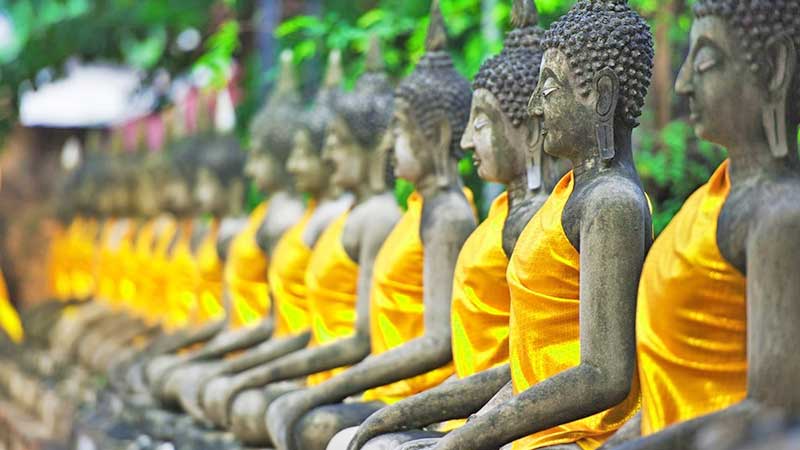
Buddhism in India
"Sometime during the sixth century BC a solitary,
wandering ascetic sat to meditate beneath a shady tree,
resolving not to rise until he had attained the ultimate
knowledge of spiritual enlightenment. Thus began Buddhism,
one of the world's great religions and pilgrimage
traditions."
It began with the life of Siddhartha Gautama (ca. 563-483
B.C.), a prince from the small Shakya Kingdom located in the
foothills of the Himalayas
in Nepal. Brought up in luxury, the prince abandoned his
home and wandered forth as a religious beggar, searching for
the meaning of existence. The stories of his search
presuppose the Jain tradition, as Gautama was for a time a
practitioner of intense austerity, at one point almost
starving himself to death. He decided, however, that
self-torture weakened his mind while failing to advance him
to enlightenment and therefore turned to a milder style of
renunciation and concentrated on advanced meditation
techniques.
Eventually, under a tree in the forests of Gaya (in modern
Bihar), he resolved to stir no farther until he had solved
the mystery of existence. Breaking through the final
barriers, he achieved the knowledge that he later expressed
as the Four Noble Truths: all of life is suffering; the
cause of suffering is desire; the end of desire leads to the
end of suffering; and the means to end desire is a path of
discipline and meditation. Gautama was now the Buddha, or
the awakened one, and he spent the remainder of his life
traveling about northeast India converting large numbers of
disciples. At the age of eighty, the Buddha achieved his
final passing away (parinirvana) and died, leaving a
thriving monastic order and a dedicated lay community to
continue his work.
By the third century B.C., the still-young religion based on
the Buddha's teachings was being spread throughout South
Asia through the agency of the Mauryan Empire (ca. 326-184
B.C.; see The Mauryan Empire, ch. 1). By the seventh century
A.D., having spread throughout East Asia and Southeast Asia,
Buddhism probably had the largest religious following in the
world.
For centuries Indian royalty and merchants patronized
Buddhist monasteries and raised beautiful, hemispherical
stone structures called stupas over the relics of the Buddha
in reverence to his memory. Since the 1840s, archaeology has
revealed the huge impact of Buddhist art, iconography, and
architecture in India. The monastery complex at Nalanda in
Bihar, in ruins in 1993, was a world center for Buddhist
philosophy and religion until the thirteenth century.
But by the thirteenth century, when Turkic invaders
destroyed the remaining monasteries on the plains, Buddhism
as an organized religion had practically disappeared from
India. It survived only in Bhutan and Sikkim, both of which
were then independent Himalayan kingdoms; among tribal
groups in the mountains of northeast India; and in Sri
Lanka.
The reasons for this disappearance are unclear, and they are
many: shifts in royal patronage from Buddhist to Hindu
religious institutions; a constant intellectual struggle
with dynamic Hindu intellectual schools, which eventually
triumphed; and slow adoption of popular religious forms by
Buddhists while Hindu monastic communities grew up with the
same style of discipline as the Buddhists, leading to the
slow but steady amalgamation of ideas and trends in the two
religions.
Buddhism began a steady and dramatic comeback in India
during the early twentieth century, spurred on originally by
a combination of European antiquarian and philosophical
interest and the dedicated activities of a few Indian
devotees. The foundation of the Mahabodhi Society (Society
of Great Enlightenment) in 1891, originally as a force to
wrest control of the Buddhist shrine at Gaya from the hands
of Hindu managers, gave a large stimulus to the
popularization of Buddhist philosophy and the importance of
the religion in India's past.
A major breakthrough occurred in 1956 after some thirty
years of Untouchable, or Dalit (see Glossary), agitation
when Bhimrao Ramji (B.R.) Ambedkar, leader of the
Untouchable wing within the Congress (see Glossary),
announced that he was converting to Buddhism as a way to
escape from the impediments of the Hindu caste system (see
Varna, Caste, and Other Divisions, ch. 5). He brought with
him masses of Untouchables--also known as Harijans (see
Glossary) or Dalits--and members of Scheduled Castes (see
Glossary), who mostly came from Maharashtra and border areas
of neighboring states and from the Agra area in Uttar
Pradesh.
By the early 1990s, there were more than 5 million Buddhists
in Maharashtra, or 79 percent of the entire Buddhist
community in India, almost all recent converts from low
castes. When added to longtime Buddhist populations in hill
areas of northeast India (West Bengal, Assam, Sikkim,
Mizoram, and Tripura) and high Himalayan valleys (Ladakh
District in Jammu and Kashmir, Himachal Pradesh, and
northern Uttar Pradesh), and to the influx of Tibetan
Buddhist refugees who fled from Tibet with the Dalai Lama in
1959 and thereafter, the recent converts raised the number
of Buddhists in India to 6.4 million by 1991. This was a
35.9 percent increase since 1981 and made Buddhism the fifth
largest religious group in the country.
The forms of Buddhism practiced by Himalayan communities and
Tibetan refugees are part of the Vajrayana, or "Way of the
Lightning Bolt," that developed after the seventh century
A.D. as part of Mahayana (Great Path) Buddhism. Although
retaining the fundamental importance of individual spiritual
advancement, the Vajrayana stresses the intercession of
bodhisattvas, or enlightened beings, who remain in this
world to aid others on the path. Until the twentieth
century, the Himalayan kingdoms supported a hierarchy in
which Buddhist monks, some identified from birth as
bodhisattvas, occupied the highest positions in society.
INITIAL SPREAD : Initially, Buddhism remained one of
the many small sects in India. The main breakthrough came
when King Asoka (ca. 270-232 BCE) converted to Buddhism. He
did not make it a state religion, but supported all ethical
religions. He organised the spreading of Buddhism throughout
India, but also beyond; most importantly to Shri Lanka. This
occurred after the Third Council.
Make Your Trip Now
MOST POPULAR PACKAGES
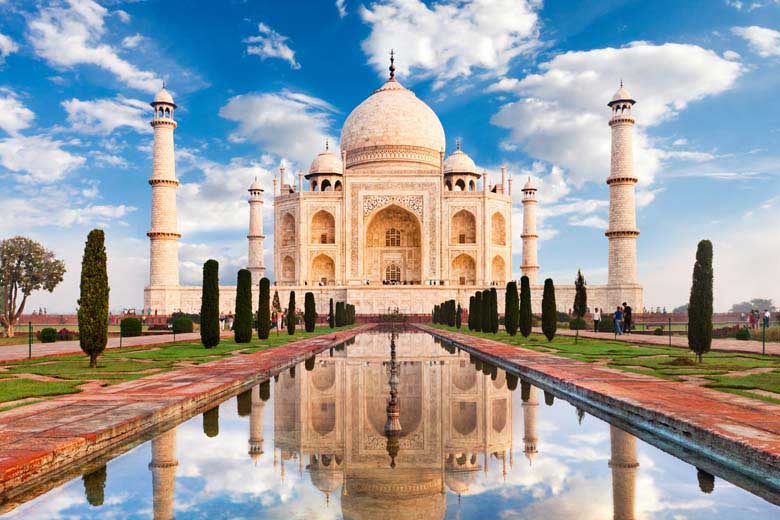
6 Nights / 7 Days
Golden Triangle Vacation Tour
India’s golden triangle is a tourist circuit which includes: Delhi, Agra (including the Taj Mahal), and Jaipur. These trips usually 7 days and do the trip as a circuit starting and ending in Delhi.
View Package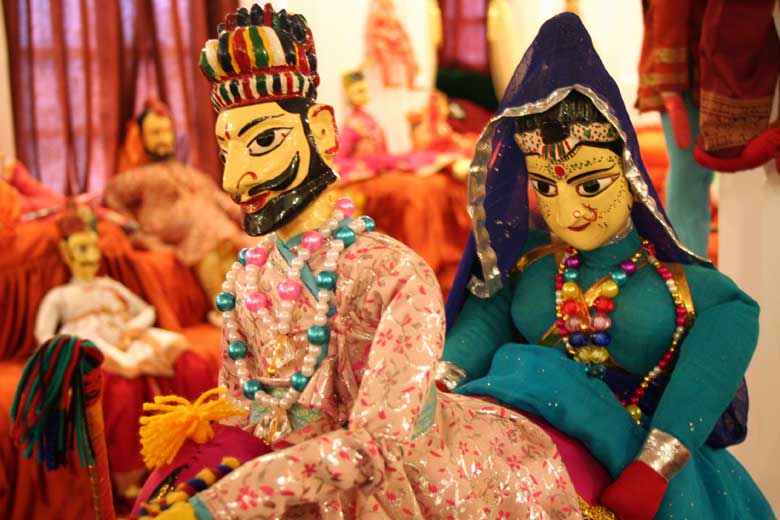
16 Nights / 17 Days
Rajasthan colorful Tour
Coloruful Rajasthan Tour is one of the most popular circuit of India. This tour package accommodates you to endure Rajasthan in all its different colors.
View Package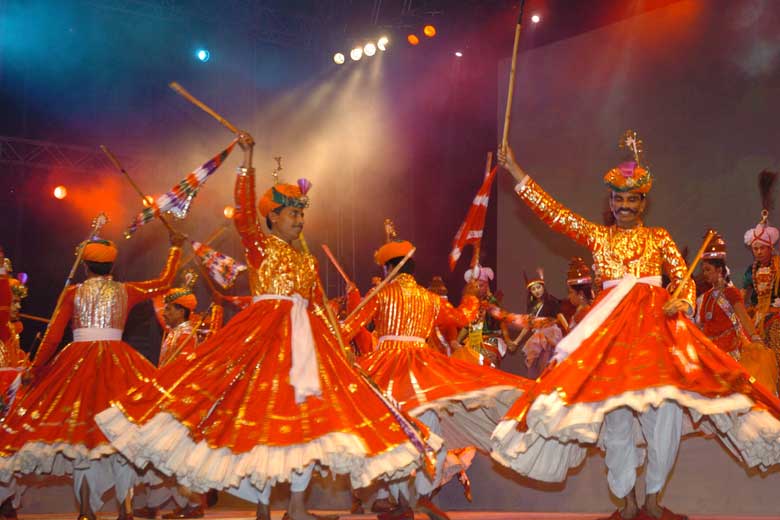
10 Nights / 11 Days
Rajasthan Cultural Tour
The Rajasthan state represents an unusual diversity in all its forms - people, culture, customs, costumes, cuisine, dialects and music and haveli's.
View Package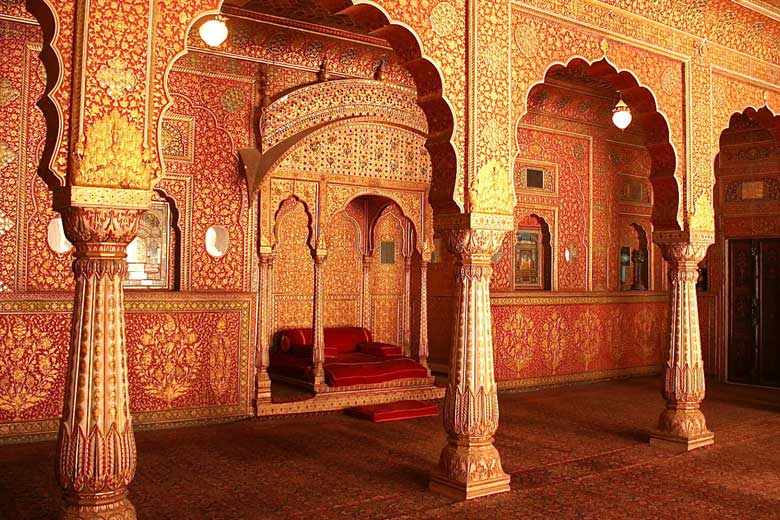
12 Nights / 13 Days
Rajasthan Fort & Palace Tour
Rajasthan is famous all over the world for its stunning forts and palaces that have been gloriously standing since decades in this princely state.
View Package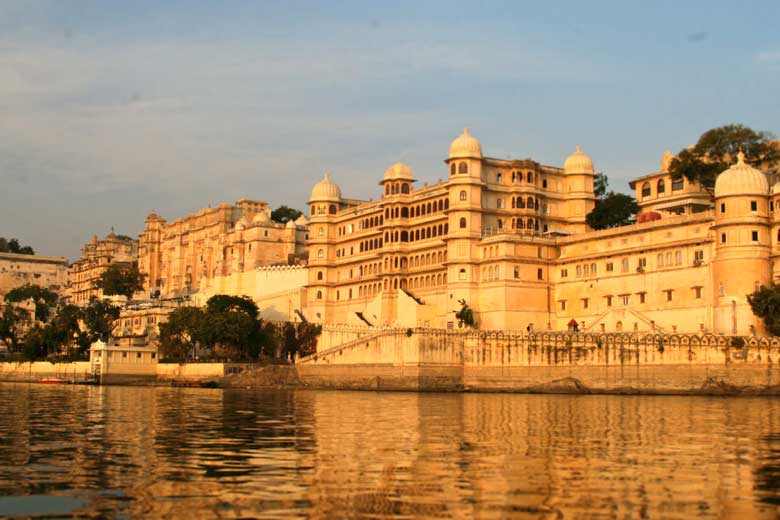
11 Nights / 12 Days
Rajasthan Heritage Tour
Rajasthan known as the "land of kings"provides some marvelous marks from the history in the form of its forts, palaces, mansions and haveli's.
View Package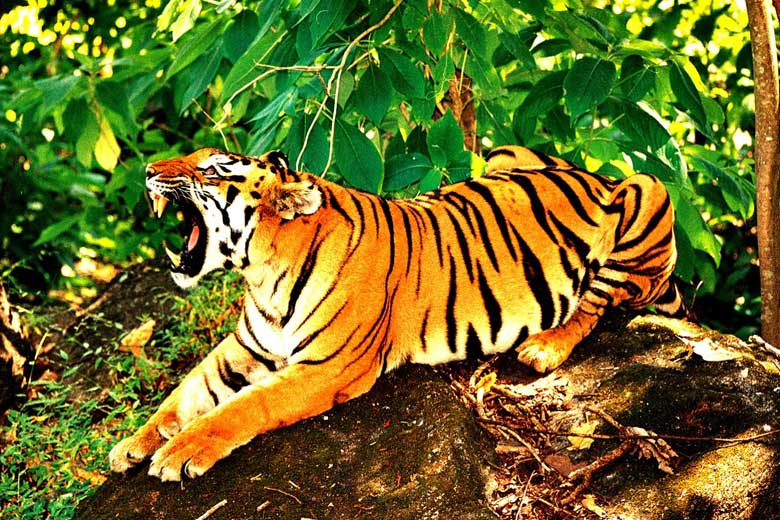
06 Nights / 07 Days
Rajasthan Wildlife Tour
The name Rajasthan has a habit of invoking the images of sun-bathed sand dunes of the Thar Desert, the rustic turban and mustache of Rajasthani men and women’s ghagra.
View Package
 Gujarat Toursim
Gujarat Toursim
 IATO -
Indian Association of Tour Operators
IATO -
Indian Association of Tour Operators
 +91-9811175768
+91-9811175768
